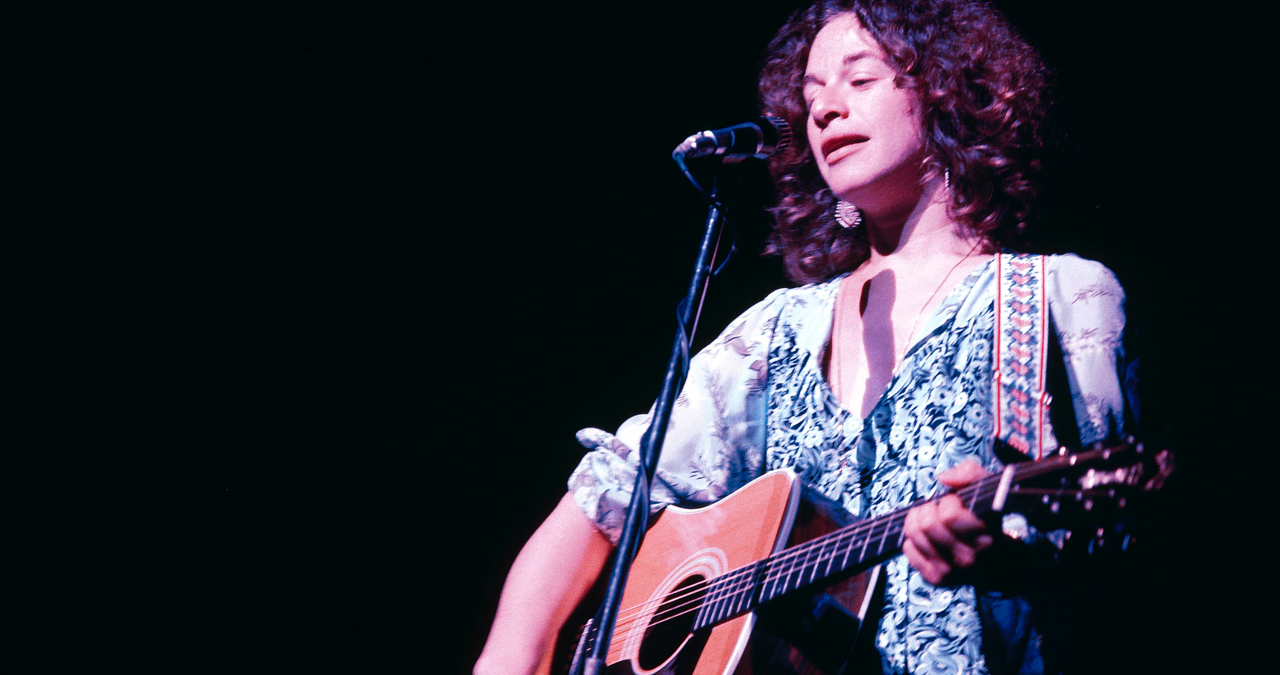
Creating chords for a song is much like building a house; you probably know the sort of style you want, but it is the chords that give the song it’s light and shade. And, in much the same way that the colour of your brickwork and windows will change the feel of your living environment. Adding major sevenths to chords can be the equivalent of letting in more colour and sunlight.
Basic chordal character and tonality is dictated by the third note of a triad, with this note expressing whether a chord is major or minor, or to put it another way, overtly happy or sad.
While you can do an awful lot with those basic three notes, adding additional notes (known as extensions) can completely change the character of your chord, and one of the most influential extended notes is described as the major seventh.
When we talk about sevenths, we're referencing the chord symbol and the scale where it’s drawn from, with the default seventh being one tone below your keynote.
If you are looking for the seventh in C7, you would be talking about Bb (being one tone below the note C). This form of seventh also suggests styles of music such as the blues, or other rock and jazz/funk related styles.
Where the major seventh differs, is that it is only one semitone below the keynote, so in a chord of C major 7, the ‘major’ refers to the actual note and not the major/minor tonality of the chord.
This terminology can be a little confusing to begin with, but it serves as a literal description for the note and extension itself.
The major seventh is the seventh degree of the major scale, hence the application.

The theoretical aspect is all very well, but how does it actually sound?
Major seventh chords sound nice and bright, and are perfect for optimistic ballads and sweet songs. But beware, overuse of the major seventh could quickly result in your song sounding overly saccharine!
If you went to employ some of this sweetness in your music, consider using major seventh chords sparingly, possibly on the first chord of your sequence. When used in conjunction with other unextended chords, it will sound amazing.
There have been many examples of major seventh usage over the years, from power ballads to techno, but it also has association with styles of Latin music, such as bossanova. Carole King was a big exponent of major sevenths, and her song So Far Away from the seminal Tapestry is a perfect example.
Major sevenths can sound incredibly effective when played rhythmically on an acoustic guitar, but can be just as sublime when played on electric guitars, hammond organs and synths pads.

If you’re feeling a little more devilish, the major seventh can also be used to turn a good chord bad!
Construct a minor triad, but then place a major seventh on the top, and you will immediately find that it sounds incredibly familiar, particularly if you know the original James Bond theme.
The last chord of this theme uses this chord at the end, with a further note extension of a 9th. It provides instant intrigue, in a single chord.
As always, the key to major seventh nirvana lies with experimentation and greater understanding, so start by adding this extension to your chord structure springily, and who knows where you’ll end up? It could be a secret island in the South Pacific!







